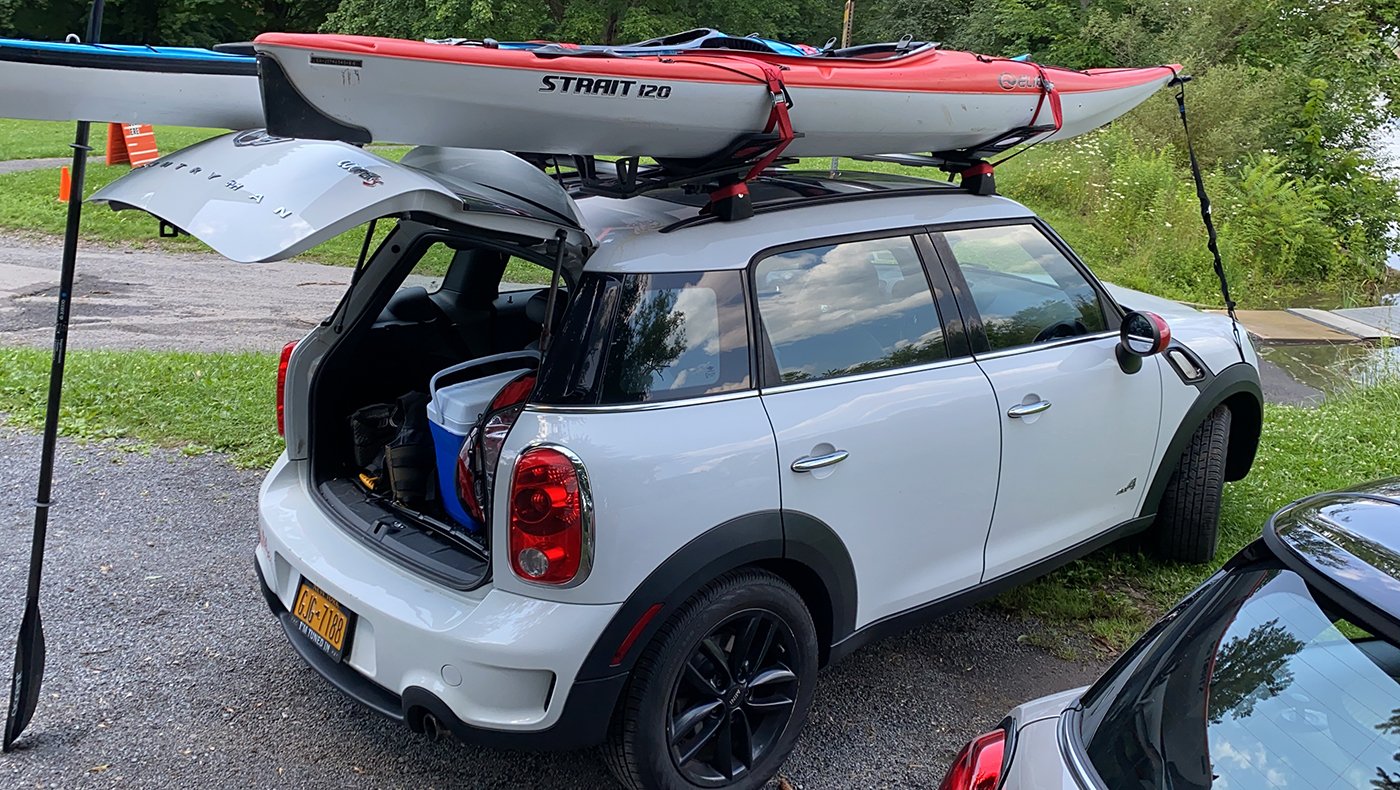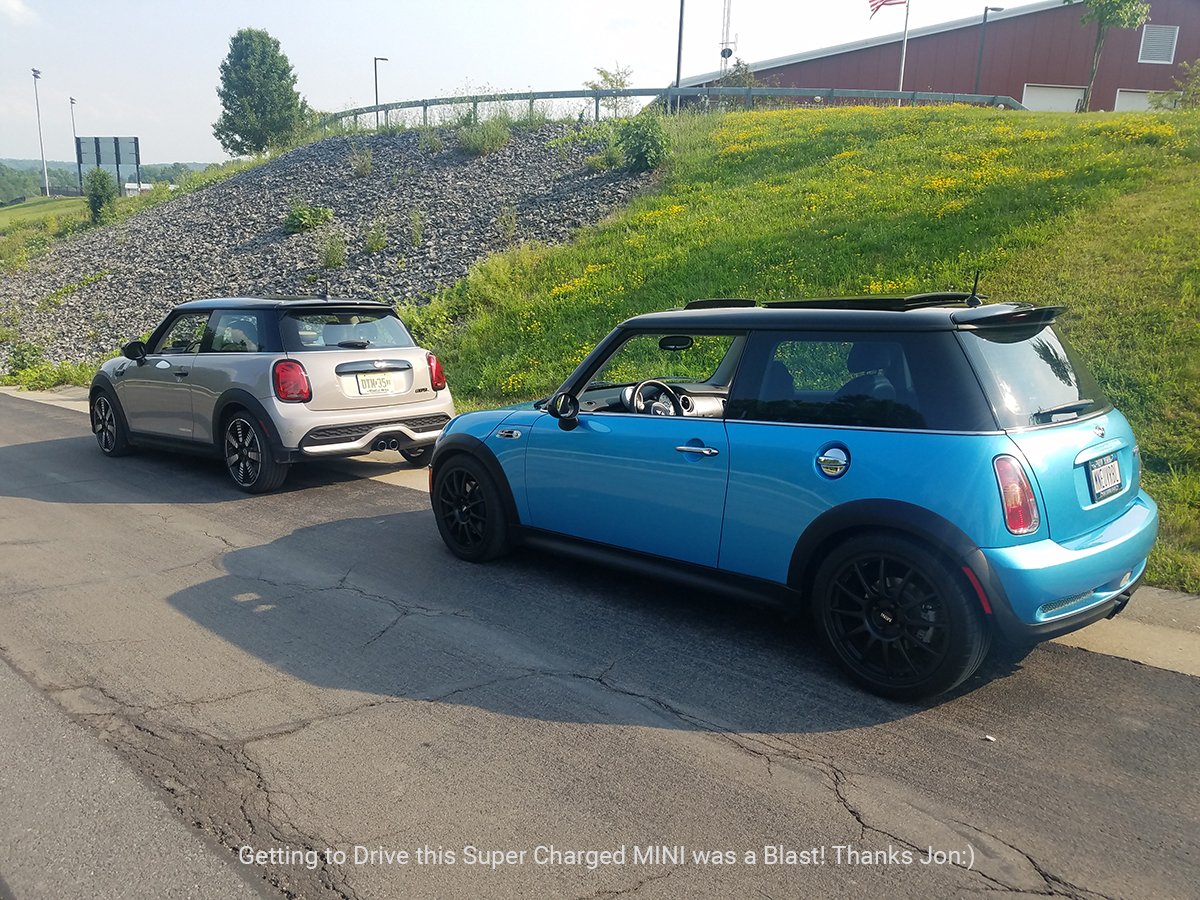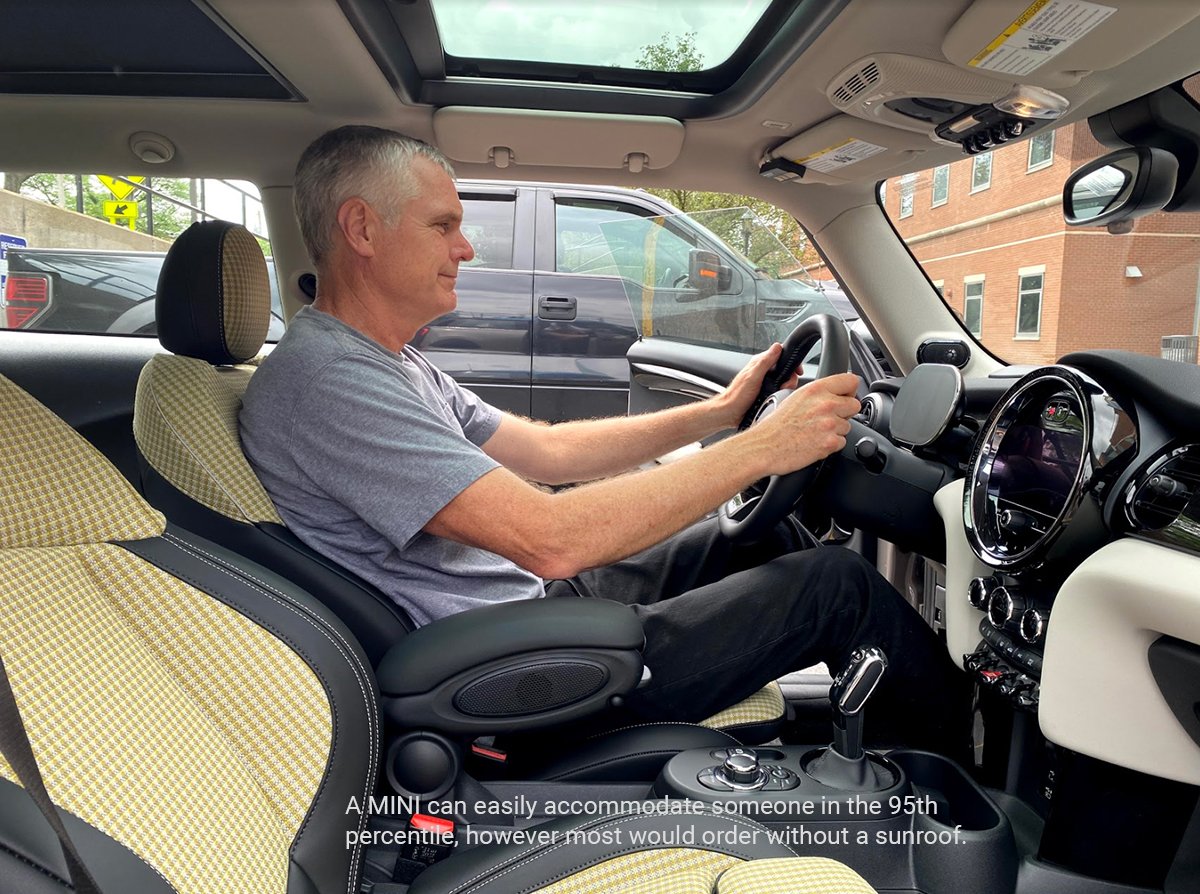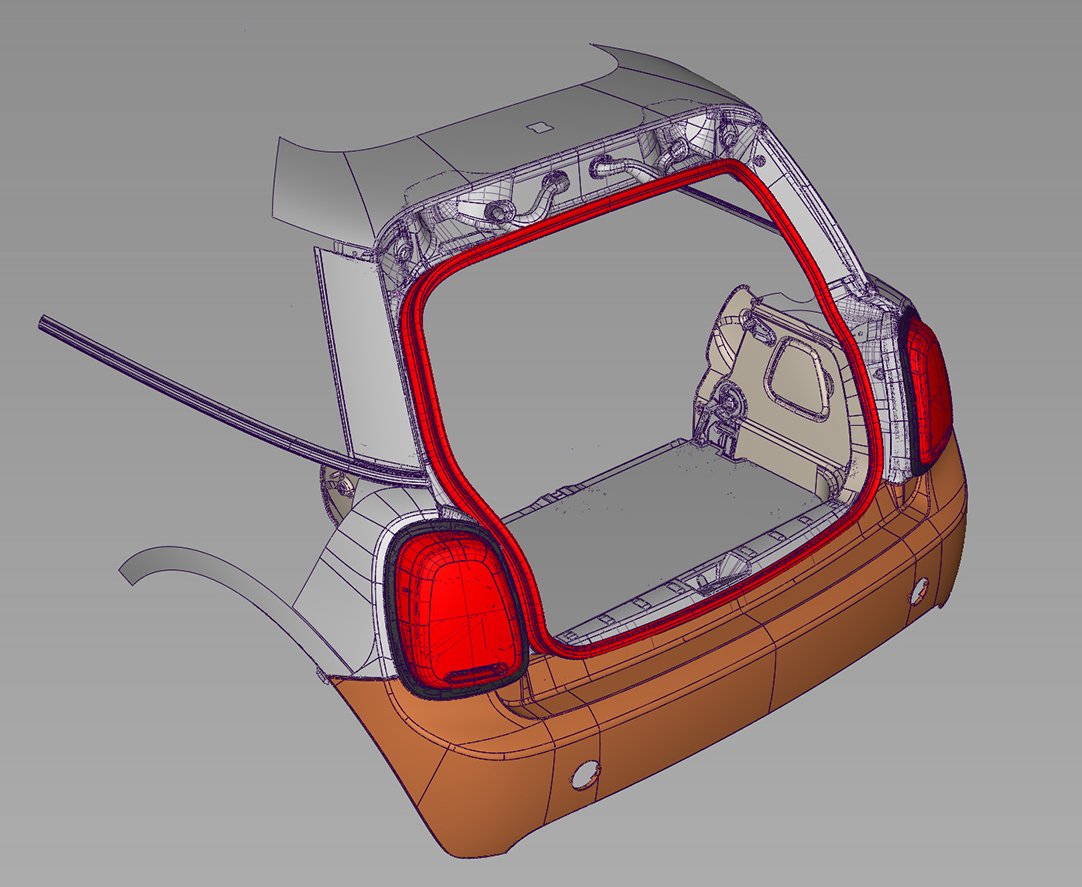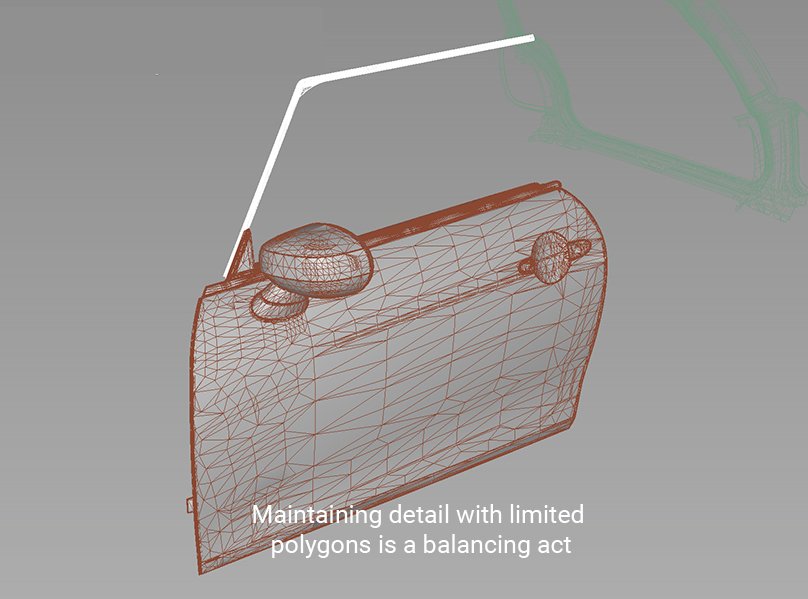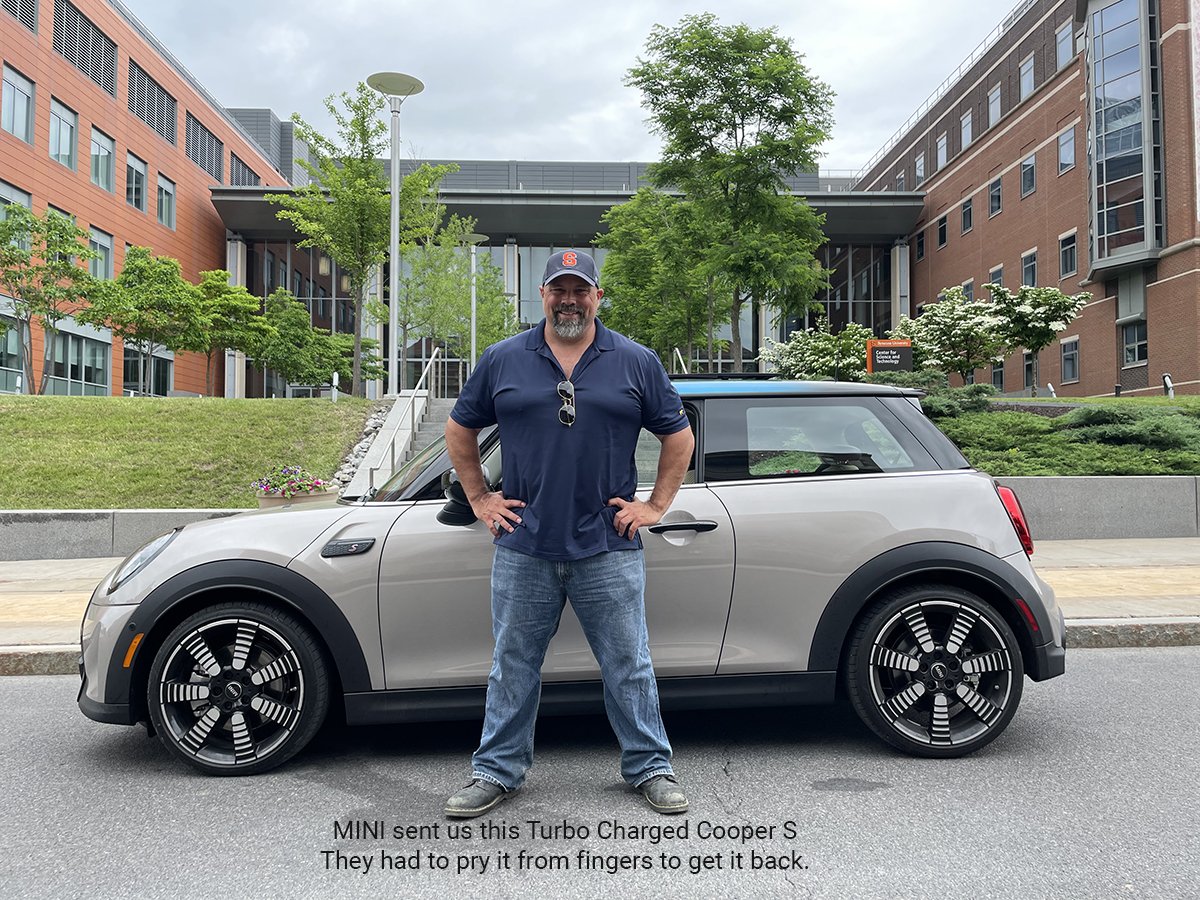ram Creates AR Experiences for MINI
MINI USA asked ram to explore ways to reach a younger, more mobile audience through augmented reality (AR). ram developed two interactive AR ad experiences (one for Facebook and one for Instagram) that allow you to drop a virtual MINI into your environment, scale it, spin it, change its color/opacity, pack it with gear and dynamically adjust the height of an avatar that best represents you so you can see just how big a MINI really is. In 1959, Alec Issigonis originally designed the MINI as a car with lots of space inside with minimum dimensions outside. Modern MINI’s are still influenced by this premise where the wheels are pushed to the corners to allow more room for the passengers.
The pandemic forced many people to reconsider their transportation options in order to better protect themselves. Some metropolitan areas saw public transit use drop 50-90% with social distancing and shelter-in-place orders. MINI, on the other hand, was seeing an uptick in interest by a younger audience living in cities looking for vehicles that provided a safe means to commute, were easy to park and still maintained a certain level of cool when they needed to escape the city. The challenge was that many were not sure if a MINI was big enough to fit them and all their stuff.
“The majority of interactions in a dealership today are already replaced or influenced by online” – McKinsey & Company
People need to get into a MINI to see that it is big enough for them; however, people aren’t going to dealers and test-driving cars like they used to. Customers have already decided what they want by the time they go to the dealer; overcoming purchase obstacles through digital experiences are more important than ever.
MINI knew AR could provide the results-driven engagement needed to reach this younger demographic having participated in a groundbreaking AR AD study with Meta that helped quantify the value of immersive creative. MINI’s first foray into AR ads allowed users to drop a realistic MINI at true scale into their environment which resulted in “2.9 times greater lift in ad recall and 11.25 times greater lift in favorability for the brand with six times greater lift in recommendation for the brand compared to BAU only campaign.” Now, what happens if we ask users to interact at a deeper level -- beyond just spinning the car and changing the color? This is where things start to get interesting.
Could AR help educate this tech-savvy consumer about these two specific points: Can a MINI fit me? and Can a MINI fit all my stuff? Could this be done as part of a targeted social media advertisement? It was decided early on that we would use Meta’s SparkAR to assemble and deploy the experiences across Facebook and Instagram.
ram was well-suited for this project for many reasons, but most importantly: we have been working with AR for many years (we created one of the first AR T-shirts and AR enabled magazine articles back around 2010) and fully understand the challenges of deploying an interactive mobile AR experience across a wide range of users, devices and software platforms. In many ways, mobile AR technology has not evolved as much as you would expect and is constrained by the lowest common denominator of devices, operating software, networks and bandwidth being used at any given time. High quality AR graphics require more polygons and that requires systems that can handle them (i.e., not everyone has the latest most up-to-date mobile device). This can be easily mitigated by a dedicated app that can provide the user a prompt saying the app will not work on their current device/operating software etc. As a social media ad that scrolls by in your feed, it is a totally different animal. You typically make a conscious effort to seek out and download a dedicated app. You choose to download an app, you don’t choose the ads in your feed. How do you get a user to click on the ad in the first place, let alone interact with it fully as it was intended? None of this is easy.
Before we could even begin developing the AR experiences, we had to understand the underlying problem of: Am I too big to fit in a MINI? Can a MINI fit all my stuff? MINIs are well, um…small, but are they too small? It helped that MINI sent us a brand new MINI Cooper S to test with. Driving a MINI is like nothing else and it doesn’t take long to understand why they have such a dedicated following. Essentially, this is an advanced human factors problem on multiple levels and we used our standard phased-based process to solve it. We performed in-depth qualitative interviews with several existing MINI enthusiasts/owners to gain insights into everyday usage and the benefits of ownership. It also gave me the chance to drive a super charged Cooper S r53 (thanks Jon:).
Focus: Adjustable, Animated Avatars
ram is located in the Center for Advanced Systems and Engineering on the campus of Syracuse University and we built a small, dedicated team of talented Syracuse University students from the Computer Art Department and the Industrial and Interaction Design Department to help us tackle this project. We began by interviewing and observing test subjects that were in or above the 95th percentile. At 6’5”, our favorite 95th percentile research subject and long-time collaborator, Prof. Don Carr, was used as the guide to construct our first adjustable, animated test avatar. Building an avatar like this from total scratch would have been a project in and of itself, luckily, Ready Player Me makes this easier; however, custom rigging the model to open the door and get inside a MINI in a realistic manner was no small task.
In addition to the animation for the avatar, we had to sort out the 3D model of the MINI and animate elements of it as well. Something as simple as opening the door and the hatch -- while keeping the polygon count to a minimum -- took an enormous effort. The 3D model had to go through a massive polygon purge for it to meet the requirements of the platforms. Doing this, without sacrificing too much detail when mapping the final graphics, was a serious balancing act.
This was an exciting and challenging project that helps push AR towards more mainstream adoption. I couldn’t be more proud of our team for the effort it took to make this happen. The performance and feedback generated will be extremely valuable as we continue to explore AR for the brand.
This project was a collaborative effort and special thanks must be given to Rah Mahtani and the entire MINI team, Stuart Turnbull and everyone at Universal McCann and Meta and most importantly our Syracuse University team; Amanda Lennes, Hannah Erickson, Griffin Palmer and Matteo Broccolo.



